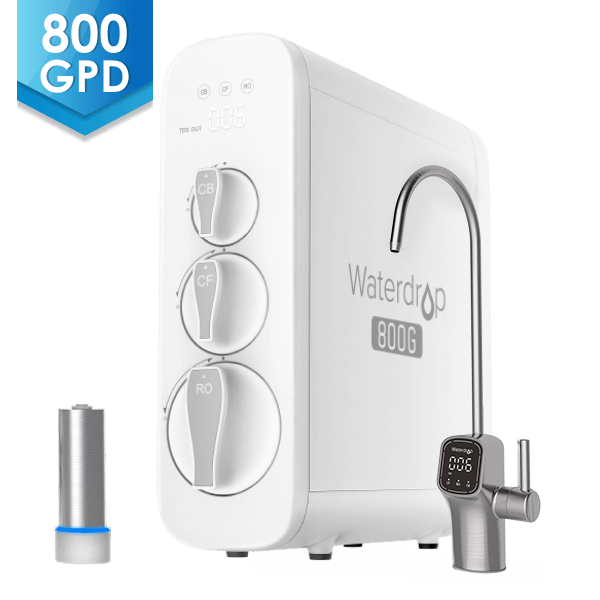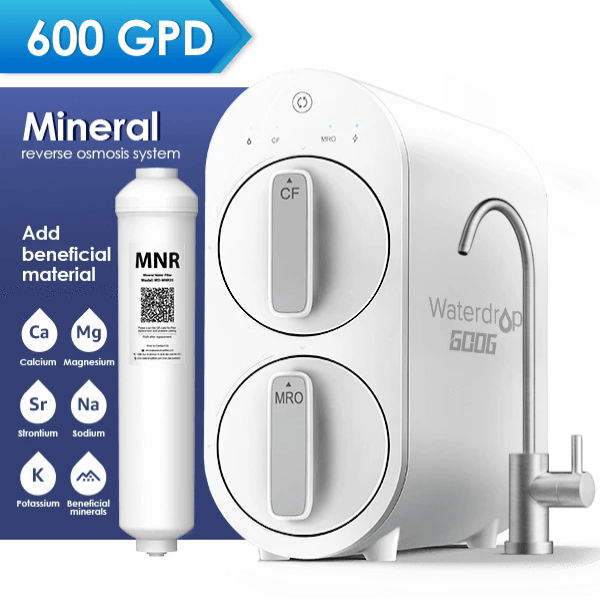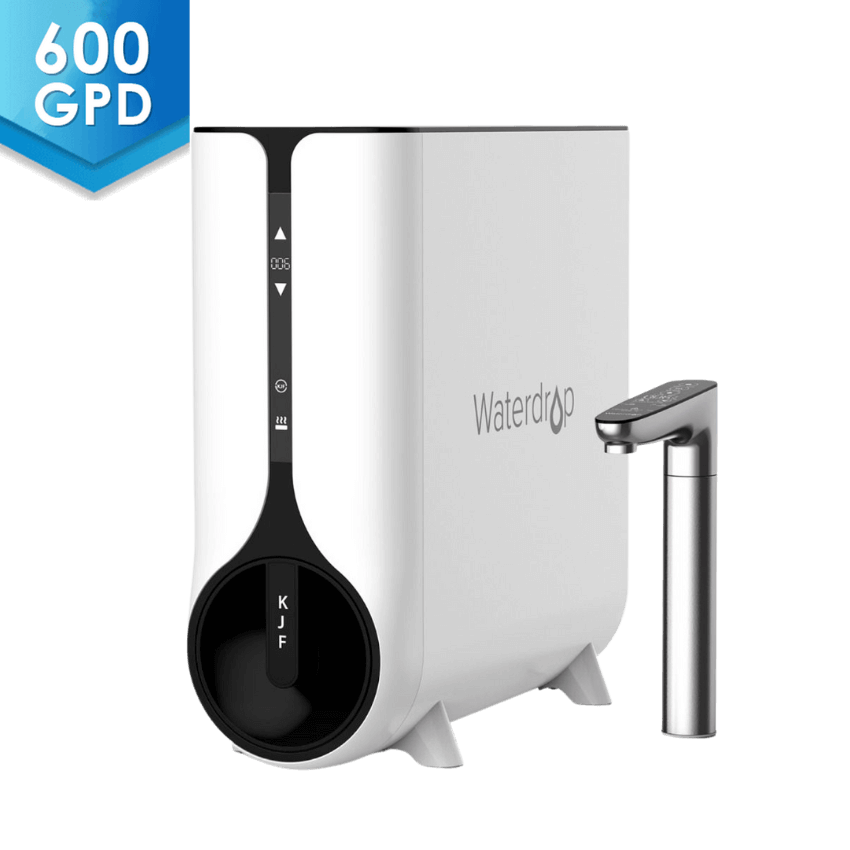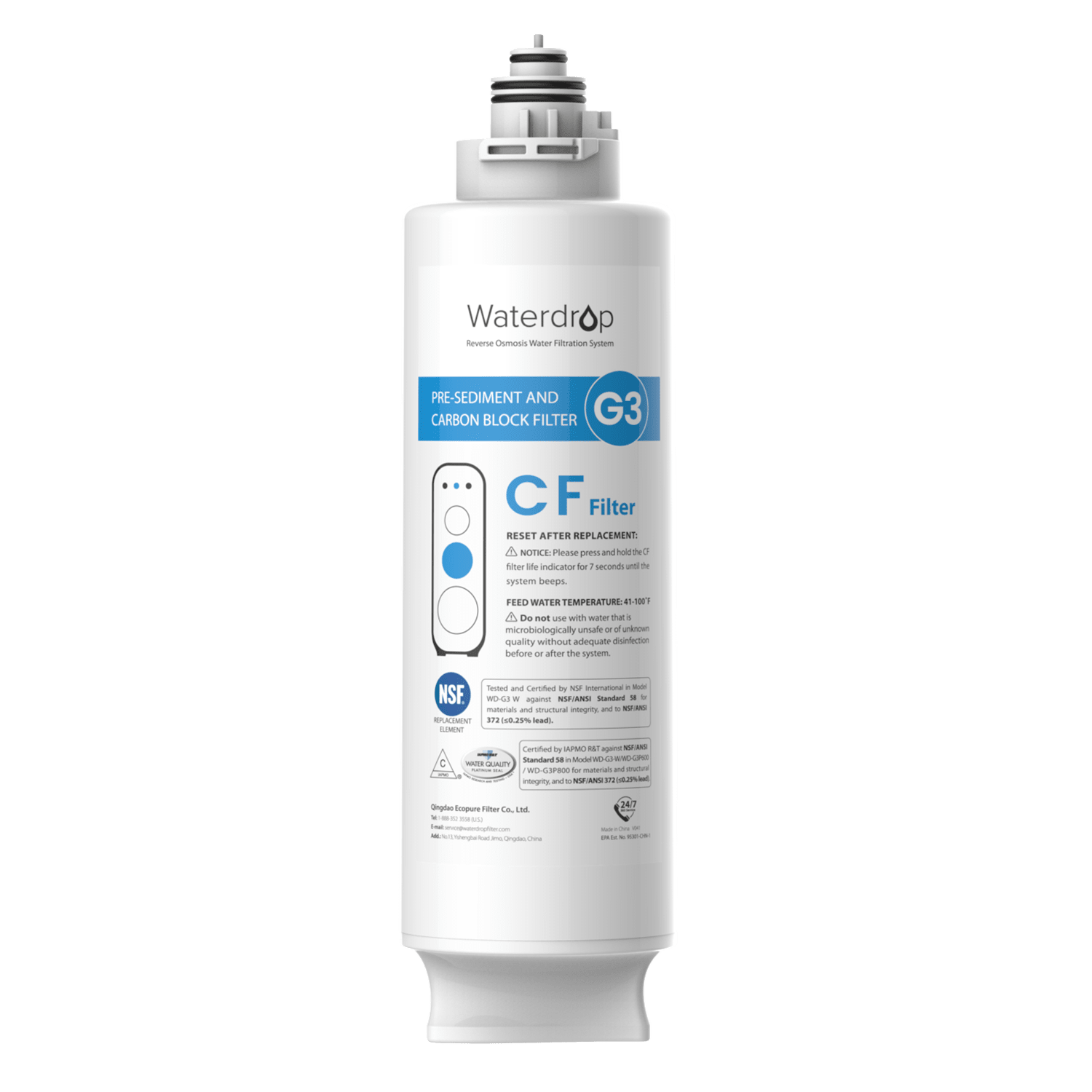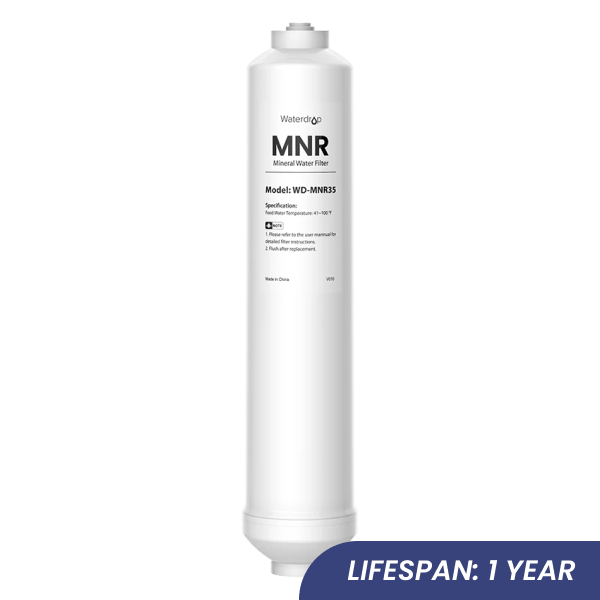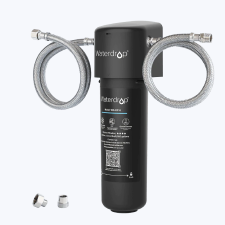What is reverse osmosis and how does it work?
Absolutely. However, it is best to get a reverse osmosis pressure tank for connecting the RO system to your refrigerator.
Compared to an RO system, ice makers have a slower output rate. Because the tankless RO system easily outperforms an ice maker, the system frequently starts and stops to aid proper operation. Ultimately, this leads to the complete failure of the system. A way of combating this issue is to get a pressure tank. The purpose of a reverse osmosis pressure tank is storing filtered for use in several appliances, including ice makers.


